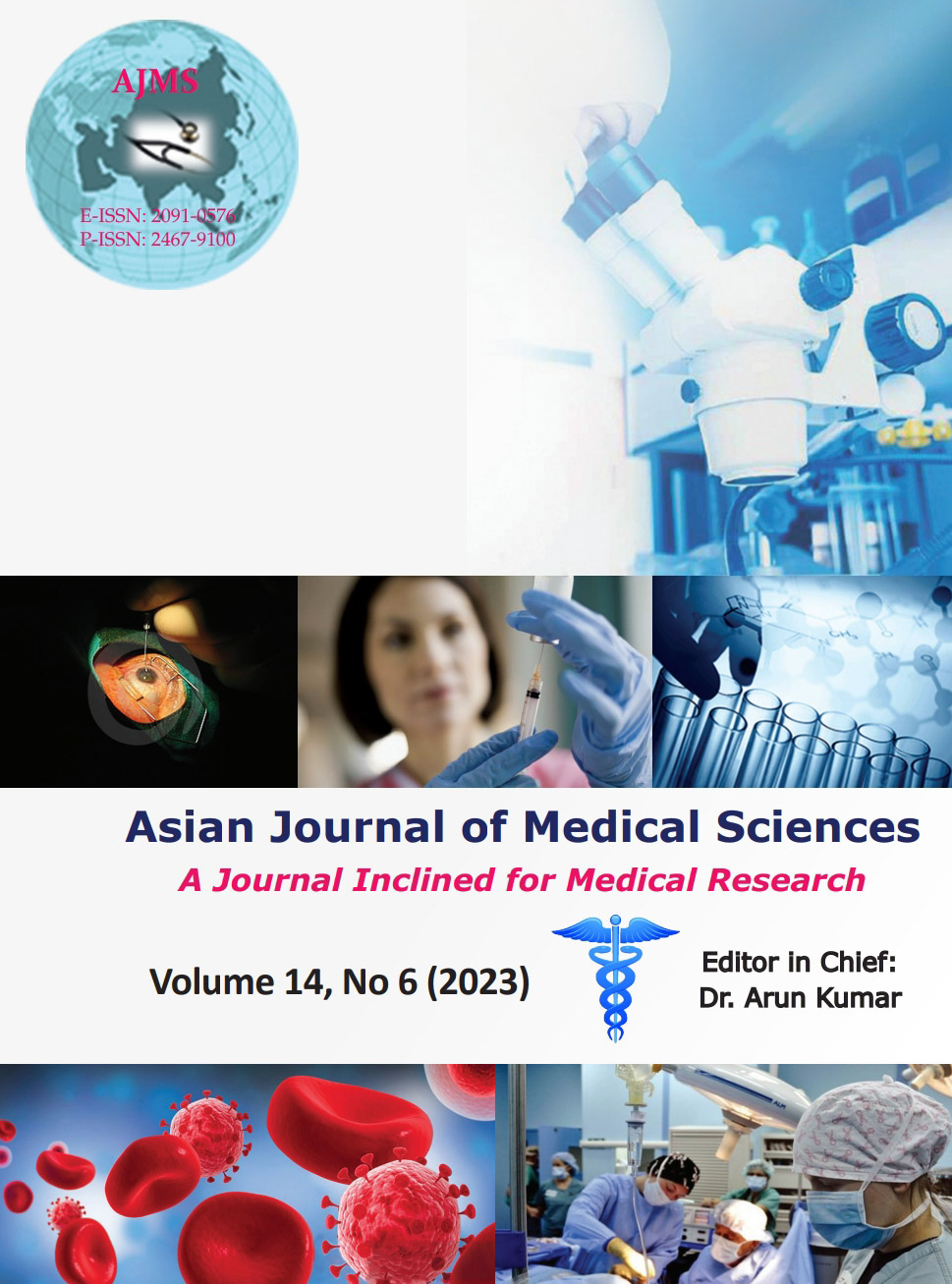Study to assess the association of PMS with sociodemographic factors and various coping behaviors adopted for premenstrual symptoms
Keywords:
Premenstrual syndrome; Premenstrual symptoms; Menstrual disorderAbstract
Background: Some women get through their monthly periods easily with few or no concerns. However, other women experience a host of physical and/or emotional symptoms just before and during menstruation (heavy bleeding and missed periods to unmanageable mood swings). These premenstrual syndrome (PMS) symptoms usually start to be problematic in the adolescent years and decline in the climacteric. Symptoms have a devastating effect which starts early in life.
Aims and Objectives: The study was conducted to estimate the prevalence of PMS and its association with sociodemographic factors among female students of colleges situated in Ujjain city and coping behavior adopted to alleviate these symptoms.
Materials and Methods: An observational follow-up study was conducted at 4 colleges selected by convenience sampling located in Ujjain city. PMS and menstrual profile-related data from 250 girls (18–25 years) who consented to participate were collected using a modified version of the Daily Record of Severity of Problems for at least 2 consecutive menstrual cycles. The diagnosis of PMS was made using the American College of Obstetrics and Gynecology criteria. Data analysis was done using SPSS version 16.0.
Results: The prevalence of PMS was 39.6% and was not associated with any of the sociodemographic factors. It was found that majority of participants turned to healthy way of dealing with symptoms, i.e., taking hot or cold beverages and talking to family members.
Conclusion: The frequency of PMS is relatively common in young girls, and most of the girls adopt home remedies to alleviate symptoms.
Downloads
Downloads
Published
How to Cite
Issue
Section
License
Copyright (c) 2023 Asian Journal of Medical Sciences

This work is licensed under a Creative Commons Attribution-NonCommercial 4.0 International License.
Authors who publish with this journal agree to the following terms:
- The journal holds copyright and publishes the work under a Creative Commons CC-BY-NC license that permits use, distribution and reprduction in any medium, provided the original work is properly cited and is not used for commercial purposes. The journal should be recognised as the original publisher of this work.
- Authors are able to enter into separate, additional contractual arrangements for the non-exclusive distribution of the journal's published version of the work (e.g., post it to an institutional repository or publish it in a book), with an acknowledgement of its initial publication in this journal.
- Authors are permitted and encouraged to post their work online (e.g., in institutional repositories or on their website) prior to and during the submission process, as it can lead to productive exchanges, as well as earlier and greater citation of published work (See The Effect of Open Access).




